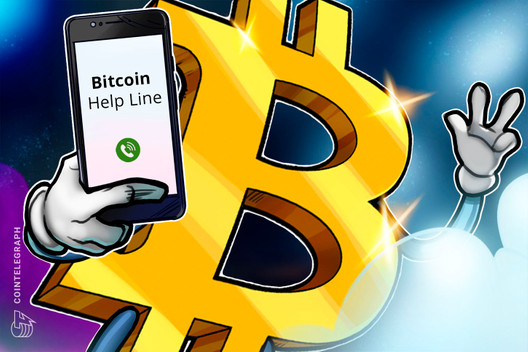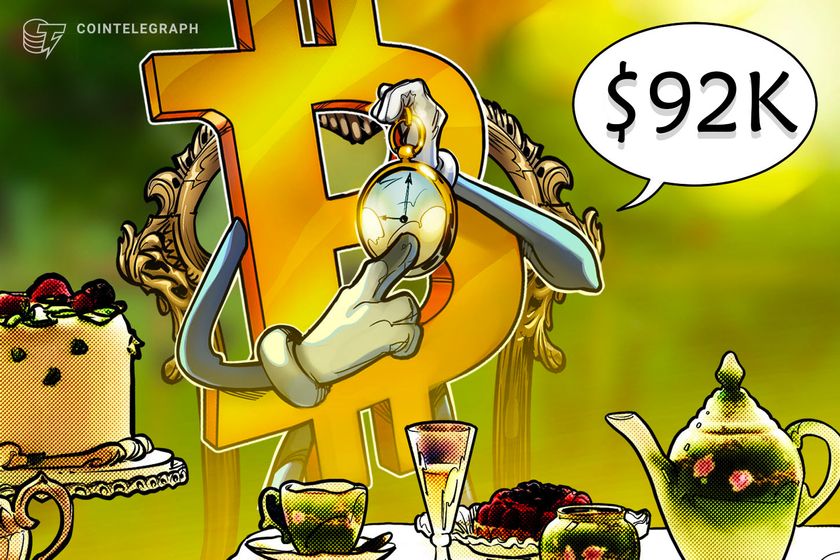FinCEN includes crypto in alert on Russia potentially evading sanctions
“Prompt reporting of suspicious activity contributes to our national security and our efforts to support Ukraine and its people,” said FinCEN acting director Him Das.
185 Total views
2 Total shares

The United States Financial Crimes Enforcement Network, or FinCEN, a bureau of the Treasury Department, has warned financial institutions to consider crypto as a possible means Russia may attempt to use to evade sanctions related to the country’s military action in Ukraine.
In a Monday alert, FinCEN reminded U.S.-based financial institutions “with visibility into cryptocurrency” and convertible virtual currency, or CVC, to report any activity that could be considered a potential way for Russia to evade sanctions imposed by the U.S. and its allies. While the U.S. watchdog said that the Russian government using CVCs to evade large scale sanctions was “not necessarily practicable,” financial institutions were obligated to report such activities from Russian and Belarusian individuals named in actions that many have dubbed “economic warfare.”
“In the face of mounting economic pressure on Russia, it is vitally important for U.S. financial institutions to be vigilant about potential Russian sanctions evasion, including by both state actors and oligarchs,” said Him Das, who has been the FinCEN acting director since August 2021. “Although we have not seen widespread evasion of our sanctions using methods such as cryptocurrency, prompt reporting of suspicious activity contributes to our national security and our efforts to support Ukraine and its people.”
Many U.S. lawmakers and agencies have spoken out on Russia-based individuals and banks potentially attempting to use crypto to evade the sanctions announced by President Joe Biden on Feb. 24. The Treasury Department’s Office of Foreign Assets Control — the agency responsible for administering and enforcing U.S. sanctions — warned U.S. residents on Feb. 28 not to use digital currencies to benefit Russia’s government or central bank. OFAC’s guidelines equated crypto transactions to “deceptive or structured transactions or dealings.”
Related: Coinbase proposes crypto tech to promote global sanctions compliance
U.S. and EU lawmakers have also been calling attention to the potential of Russia using crypto assets as the country’s options dwindle amid being cut off from SWIFT payments network and its major banks named on sanctions lists. Bloomberg reported on Monday that President Biden will sign an executive order creating a comprehensive regulatory framework on cryptocurrencies sometime this week in response to the escalating military situation in Ukraine.
There have been lots of fits and starts on the crypto EO but this week’s timeline is real. CNBC’s @kaylatausche is also confirming our reporting. https://t.co/6uFj8HFSjH
— Jennifer Epstein (@jeneps) March 7, 2022
Mykhailo Fedorov, the minister of digital transformation of Ukraine, has directly appealed to crypto exchanges on social media, urging them to block addresses of Russian users. However, many exchanges including Binance and Kraken have said they will not unilaterally act to block all users in Russia from accessing their coins unless there were a legal requirement for them to do so.
I’m asking all major crypto exchanges to block addresses of Russian users.
It’s crucial to freeze not only the addresses linked to Russian and Belarusian politicians, but also to sabotage ordinary users.
— Mykhailo Fedorov (@FedorovMykhailo) February 27, 2022









